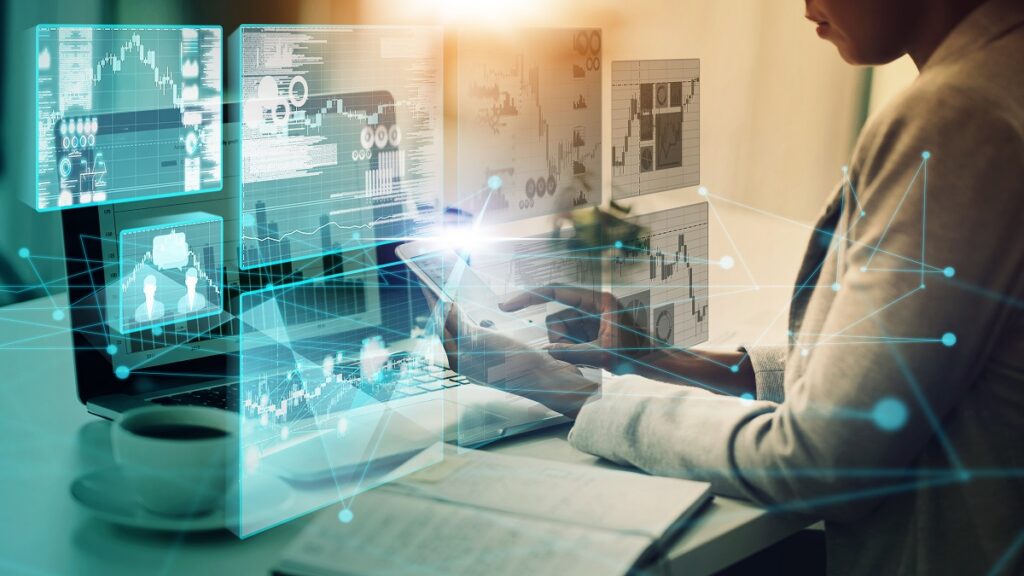The private cloud is playing an increasingly important role. Most enterprise applications now run on public or private cloud infrastructure.
The growing role of software throughout organisations makes it likely that more workloads will move to the cloud. There is an important shift from on-premises datacentres to off-premises private cloud datacentres. It is anticipated that the share of workloads running on the cloud will increase from 22% to 25% in the next two years.
As more processes move cloud side, we expect the facility management of public workspaces, like offices and collaborative sites, to begin to leverage embedded devices to better manage and monitor office environments that deliver preventive or even predictive maintenance, helping to reduce operational costs and improve worker safety. Moreover, as we learn and build on our hybrid working arrangements, the needs to control internal compounds could increase and as such, smarter technologies that can be easily integrated into office spaces will be sought.
Synthetic data for Smart Offices
As with any new or emerging technology, determining if it can be useful to a business before committing significant time or financial resource can stop an opportunity before it starts. With the reliance on sensor hardware when adopting IoT and smart technologies, how can you be sure it will address the issues or provide the value expected without a potentially costly process of finding out?
We have developed a library for rapidly producing sensor specific synthetic data that can be fully customised to meet business requirements. This means an ability to simulate how a new IoT or Digital Twin environment may look prior to buying or installing new hardware. This enables testing and use cases to be tried and assessed without the time and financial commitment.
This helps build and test an IoT or Digital Twin environment specific to a business and provide the data needed to see if it is the right fit for that specific use case.
Smart future for offices
Using IoT sensors to monitor energy consumption within offices can help identify areas where energy is being wasted, and with the help of digital twins, a building’s energy systems can be optimised to reduce consumption and lower costs. Businesses can also monitor employee activity and provide insights into how to improve productivity. This could involve optimising spaces, identifying bottlenecks and improving collaboration. In addition, these devices can monitor the office environment, including the detection of fires, gas leaks, or other potential hazards. By using digital twins to simulate energy systems, employee activity and emergency situations, FMs can be sure their facilities are best prepared to handle any potential crisis.
By analysing this data, the office can optimise space usage and reduce the need for additional office space, update emergency procedures and review their sustainability measures that may help feed ongoing initiatives.
Gary is the Founder of Blundens, a IT services organisation delivering consulting and advisory services for business applications and data solutions. He has over a decade of experience working in technology, driving digital transformation and has built a network of peers, visionaries, leaders and top speakers in tech and extensive experience in the field of data analytics, including knowledge of the latest technological advances, best practices and emerging trends.
